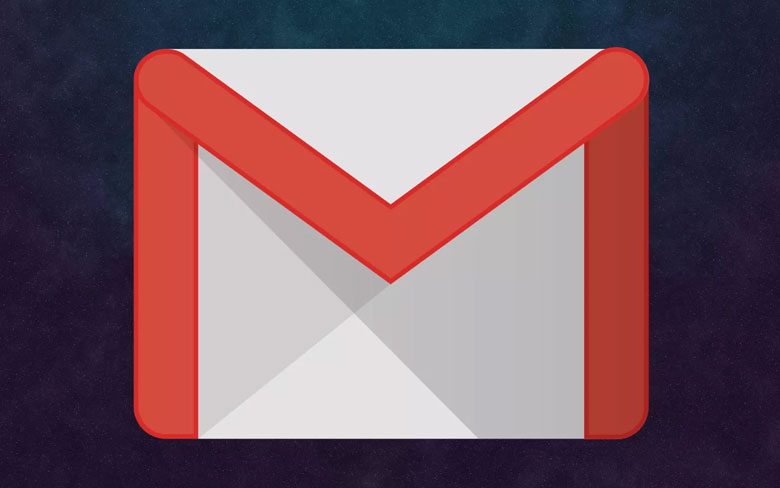Every day, millions of people rely on Gmail for personal and professional communication. However, this widespread usage makes Gmail a prime target for scammers. Email-based scams are getting more sophisticated, and even the most cautious users can become victims. Understanding how to recognize common Gmail scams can be the first step in protecting yourself and your digital identity.
Real Examples of Gmail Scams
1. The Classic Phishing Scam
This is one of the most frequently reported types of scams. Typically, users receive an email that appears to come from Google or another trusted service like Netflix or PayPal. The email might say, “There has been suspicious activity on your account. Click the link below to secure your account.”
The link then directs the user to a website that looks legitimate, but it’s actually a cleverly designed fake. Any credentials entered are sent straight to scammers.

Warning Signs:
- Urgent language such as “your account will be disabled” or “action required immediately”
- Mismatched URLs — hover over the link to see the actual address
- Generic greetings like “Dear user” instead of using your name
2. Gmail Login Credential Harvesting
Another common tactic involves emails that claim suspicious login attempts from foreign IP addresses. The goal is to create panic and get users to “verify” their identity through a fake login page.
Once credentials are collected, hackers can access Gmail — and if the Gmail account is linked to other services, the attackers gain access to those as well.
Key Indicators:
- Emails that ask you to log in via unfamiliar domains
- URLs that begin with HTTP instead of HTTPS
- Spelling errors in official-looking messages
3. Fake Account Recovery Emails
These scams pretend to be account recovery messages, often claiming that someone else is attempting to recover your Gmail account. The message will prompt you to click a link to secure your account or cancel the recovery process.
The link opens a counterfeit page where you’re asked to re-enter your username and password.

How to Spot Them:
- Strange email addresses in the “From” field
- Use of scare tactics or threats in the message
- Online forms requesting sensitive information
4. Fraudulent Job Offers or Investment Opportunities
Some scams target people looking for work or investment opportunities. A user might receive an email via Gmail offering a high-paying job with minimal skills or responsibilities. Similarly, “investment” scams promise high returns with little to no risk.
These emails often come with attachments or links that contain malware or ask for “registration fees” and bank details.
Watch Out For:
- Too-good-to-be-true offers
- Requests for upfront payment or banking details
- Lack of company information or unverified recruiters
5. Google Docs Sharing Scam
This scam involves receiving a legitimate-looking invitation to view a Google Doc. The sender might appear familiar or be compromised. Upon opening the document or clicking the invitation, the user is redirected to a page asking for email credentials.
Hackers then use this access to spread more malicious emails to your contacts.
Red Flags:
- Unexpected or unexplained document invitations
- Requests to grant broad permissions to unknown apps
- Spelling variations in URLs, like “googl-docs.com” instead of “docs.google.com”
How to Recognize and Avoid Gmail Scams
Here are some general tips to help you spot scams before they cause harm:
- Check the sender’s email address: Many scammers use addresses that look similar to legitimate ones but with subtle differences.
- Never share passwords: Google and other trusted services will never ask for your password via email.
- Enable two-factor authentication (2FA): This adds a layer of security to your account beyond just the password.
- Use Gmail’s “Report phishing” option: This helps Google improve their filtering and protect other users.
- Install antivirus and anti-phishing extensions: These can sometimes detect threats before they hit your inbox.
Actions to Take If You’ve Fallen Victim
If you’ve clicked on a suspicious link or entered your credentials into a fake site, here’s what to do:

- Change your Gmail password immediately
- Enable 2FA if not already done
- Check account activity for any unauthorized access
- Run a virus/malware scan on your device
- Alert your contacts in case scammers are using your email to target others
Conclusion
Gmail scams come in many forms, and scammers are constantly refining their tactics. However, by staying vigilant and learning the tell-tale signs of phishing and fraud, users can significantly reduce their risks. The most important tools in combating fraud are awareness and critical thinking. A little healthy skepticism can go a long way in protecting your digital life.
Frequently Asked Questions (FAQ)
- Q: Can Gmail detect phishing automatically?
A: Gmail has strong filters and machine learning algorithms that catch many phishing attempts, but some can still slip through. Always verify links and sender information. - Q: What should I do if I get a phishing email?
A: Don’t click any links. Use the “Report phishing” option in Gmail and delete the message immediately. - Q: How can I verify if an email from Google is real?
A: Genuine Google emails come from “@google.com” domains and typically address the recipient by name. You can also log directly into Gmail rather than clicking email links. - Q: Are attachments in Gmail always safe if scanned?
A: Gmail scans attachments for viruses, but no system is 100% foolproof. Always be cautious with files from unknown senders, especially ZIP, EXE, or DOC files with macros. - Q: What is two-factor authentication and how does it help?
A: Two-factor authentication requires a second form of verification beyond your password, like a code sent to your phone. It makes unauthorized access much harder.